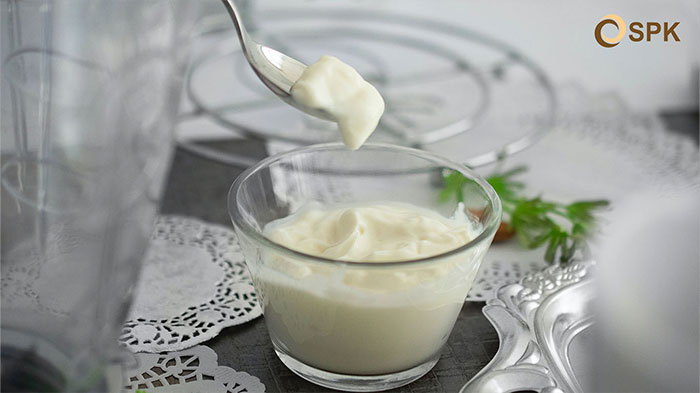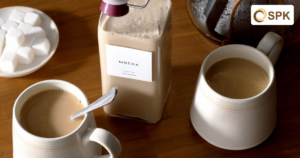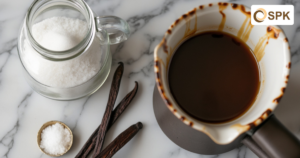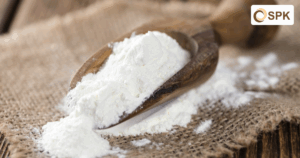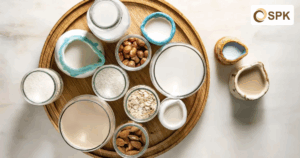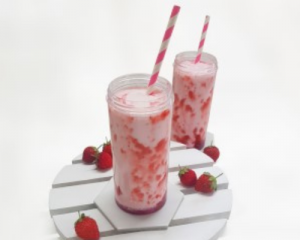Milk has long been known as an essential source of nutrition, especially for bones and the immune system. But did you know that milk can also be processed through fermentation, providing additional health benefits for your digestion? Fermented milk products such as yogurt, kefir, or probiotic drinks contain good microorganisms called probiotics. These probiotics help maintain a healthy balance of bacteria in the gut, strengthen immunity, and even aid in overcoming digestive issues.
In this article, we’ll explore the different types of fermented milk, their health benefits, and how these products can become part of your healthy lifestyle.
What Is Fermented Milk?
Fermented milk is milk processed with beneficial bacteria, such as Lactobacillus or Bifidobacteria. These bacteria convert lactose (milk sugar) into lactic acid, which gives fermented milk its fresh sour taste, thicker texture, and longer shelf life.
Not only is it tasty, but fermented milk is also easier to digest—even for those with lactose intolerance. The fermentation process breaks down lactose and milk proteins, making it gentler on the digestive system.
Types of Fermented Milk
-
Yogurt
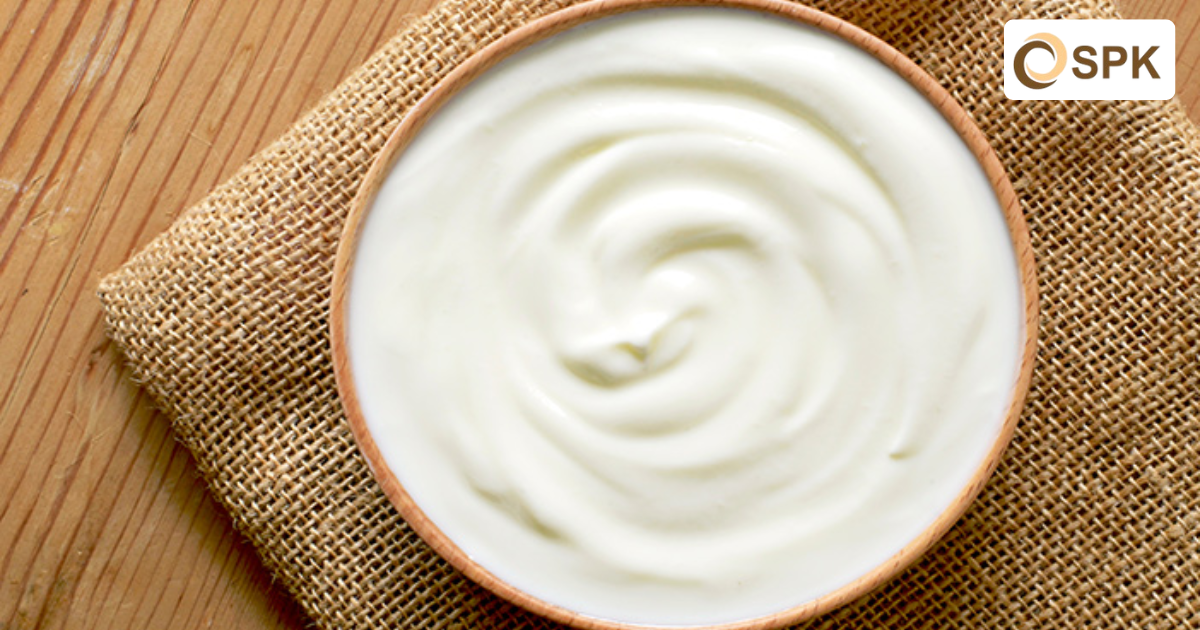 The most popular fermented milk product, made with bacterial cultures Lactobacillus bulgaricus and Streptococcus thermophilus. Yogurt contains probiotics that help maintain gut health. Be sure to choose yogurt with live active cultures for the best benefits.
The most popular fermented milk product, made with bacterial cultures Lactobacillus bulgaricus and Streptococcus thermophilus. Yogurt contains probiotics that help maintain gut health. Be sure to choose yogurt with live active cultures for the best benefits.
-
Probiotic Drinks
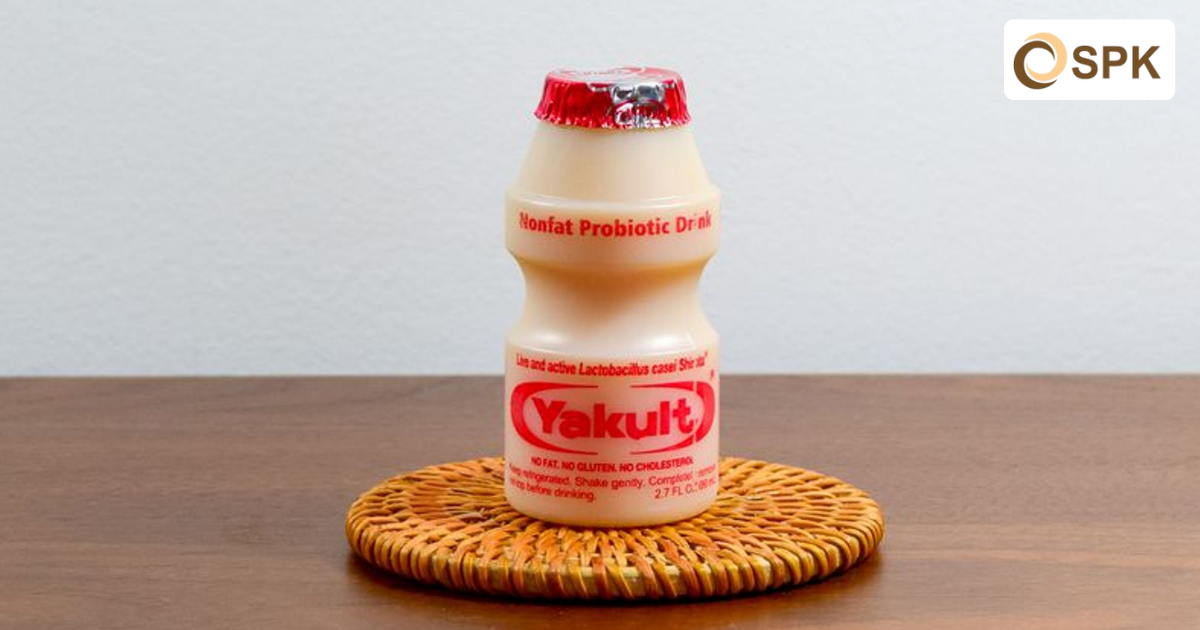 The most famous example is Yakult, fermented with Lactobacillus casei Shirota. This strain can survive stomach acid and reach the intestines, where it works more effectively.
The most famous example is Yakult, fermented with Lactobacillus casei Shirota. This strain can survive stomach acid and reach the intestines, where it works more effectively.
-
Kefir
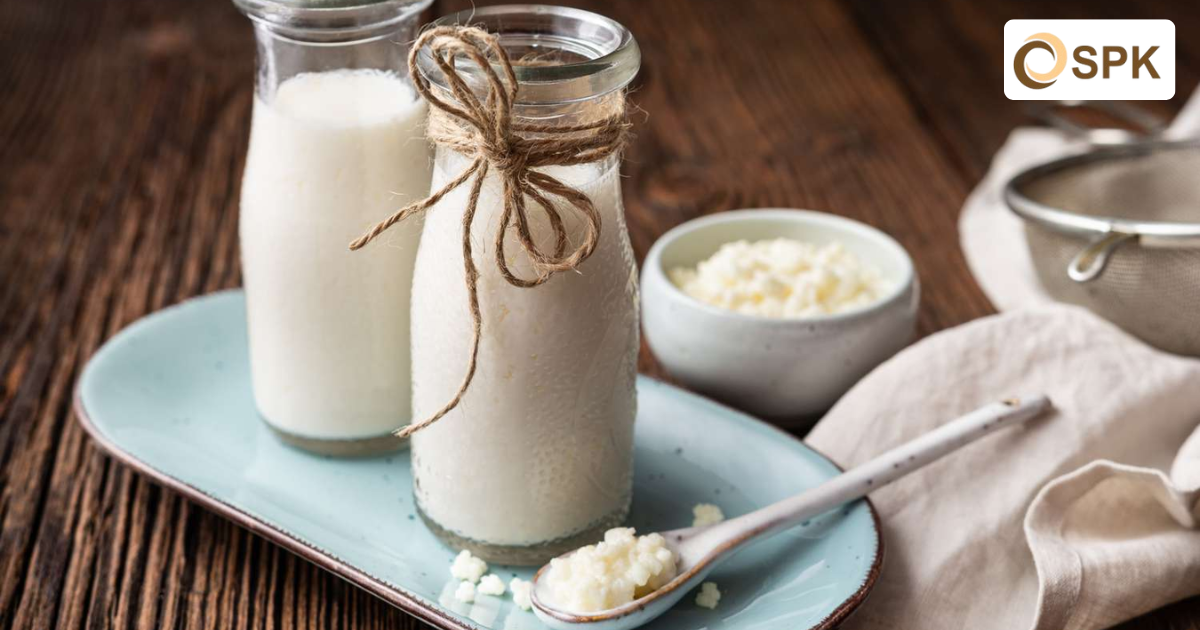 A fermented milk drink made from cow, goat, or sheep’s milk using kefir grains. It has a tangy taste, slight fizziness, and a thinner texture compared to yogurt.
A fermented milk drink made from cow, goat, or sheep’s milk using kefir grains. It has a tangy taste, slight fizziness, and a thinner texture compared to yogurt.
-
Skyr
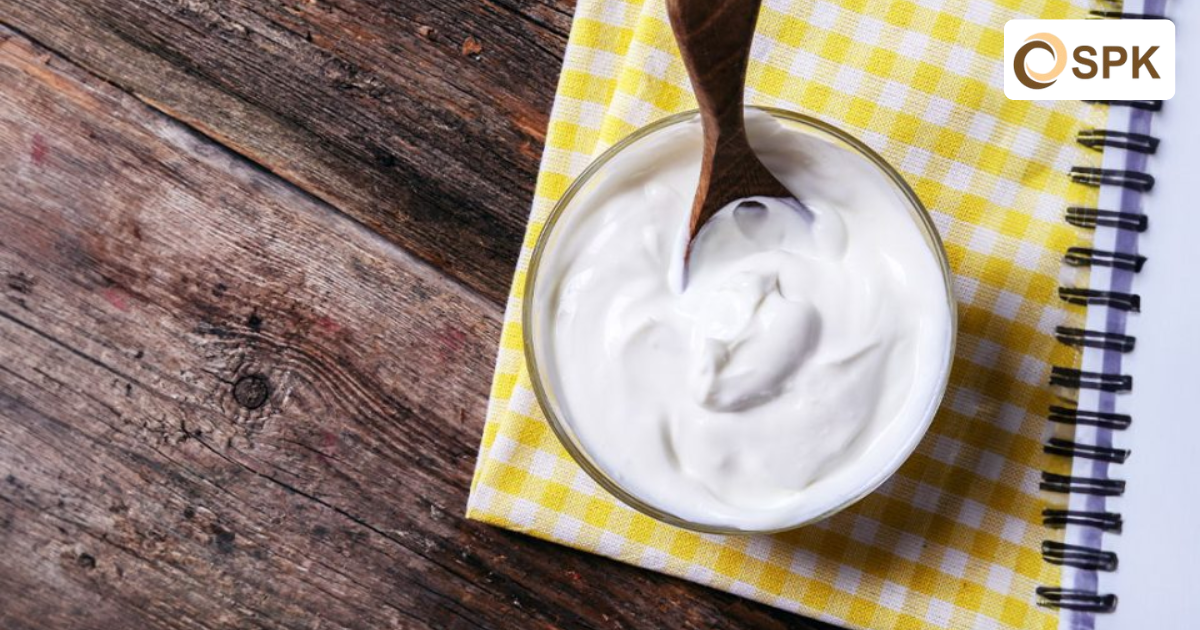 A traditional Icelandic product with a texture similar to Greek yogurt but creamier. Skyr is rich in protein and has become a healthy food favorite in Europe.
A traditional Icelandic product with a texture similar to Greek yogurt but creamier. Skyr is rich in protein and has become a healthy food favorite in Europe.
-
Dadiah
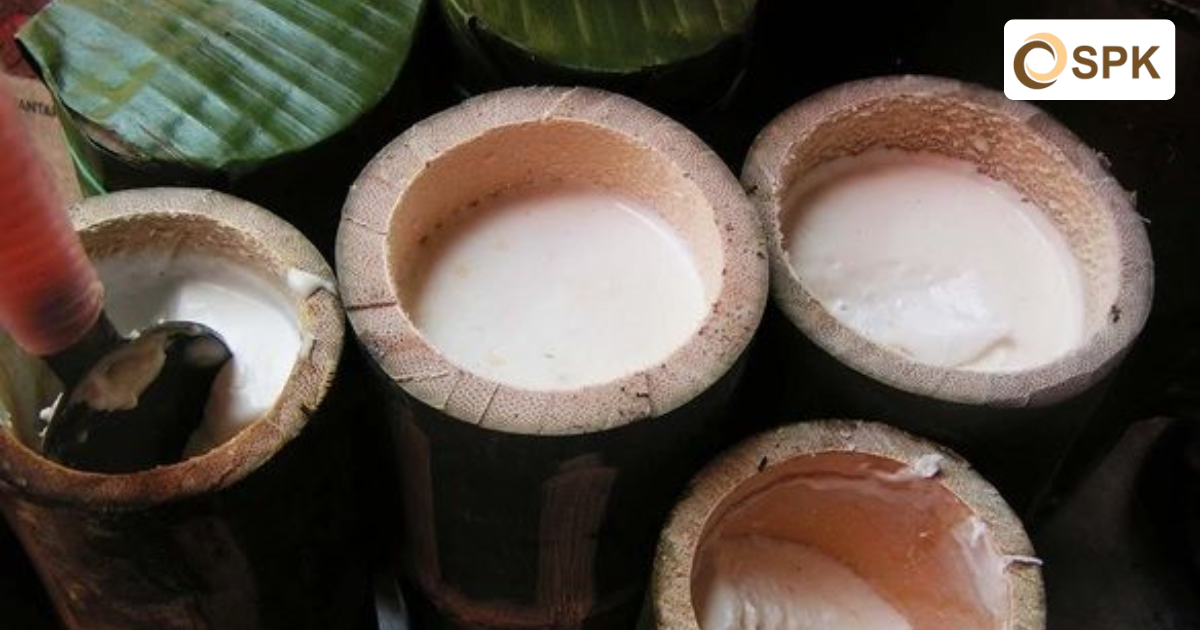 A traditional Indonesian fermented milk from West Sumatra, made uniquely by fermenting buffalo milk in bamboo sealed with banana leaves. It has a thick texture, sour flavor, and is naturally rich in probiotics.
A traditional Indonesian fermented milk from West Sumatra, made uniquely by fermenting buffalo milk in bamboo sealed with banana leaves. It has a thick texture, sour flavor, and is naturally rich in probiotics.
Health Benefits of Fermented Milk
-
Supports Digestive Health
Probiotics in fermented milk increase the population of good bacteria while suppressing harmful bacteria in the gut, resulting in a healthier digestive system. -
Boosts Immunity
A healthy gut directly influences the immune system. Fermented milk helps improve nutrient absorption, making the body more resilient. -
Helps Relieve Constipation & Diarrhea
Regular consumption of yogurt or probiotic drinks may ease constipation and diarrhea, especially those caused by antibiotics. -
Lowers Cholesterol
Probiotics in fermented milk can bind cholesterol in the gut, reducing absorption and supporting heart health. -
Detoxifies the Body
A healthy digestive tract helps filter harmful substances more effectively, protecting the body from food toxins.
Fermented Milk & Creamer: A Healthy Combination
Fermented milk is often consumed directly but can also be incorporated into various foods and beverages. To achieve a creamier taste and smoother texture, many people add milk creamer or liquid creamer into their fermented milk creations.
Examples include:
-
Yogurt smoothies with liquid creamer for extra smoothness.
-
Probiotic drinks combined with milk creamer for a softer taste.
-
Kefir-based desserts topped with whipped cream made from creamer.
Using creamer not only enhances the flavor but also elevates the overall drinking experience—especially for F&B businesses looking to offer healthy yet indulgent menu variations.
Choose the Best Creamer for Your Fermented Milk Creations
Fermented milk is full of health benefits and can play an important role in supporting digestion and boosting immunity. To make it more versatile and delicious, you can combine it with high-quality milk or liquid creamers.
That’s where Santos Premium Creamer comes in. With over 20 years of experience and international quality standards, Santos offers a wide range of innovative creamers perfect for yogurt smoothies, probiotic drinks, and other fermented milk-based creations.
Make every fermented milk dish and drink more delightful with Santos Premium Creamer—the trusted solution for households and F&B businesses alike.
Enhance the taste and texture of your fermented milk creations with Santos Premium Creamer today!

